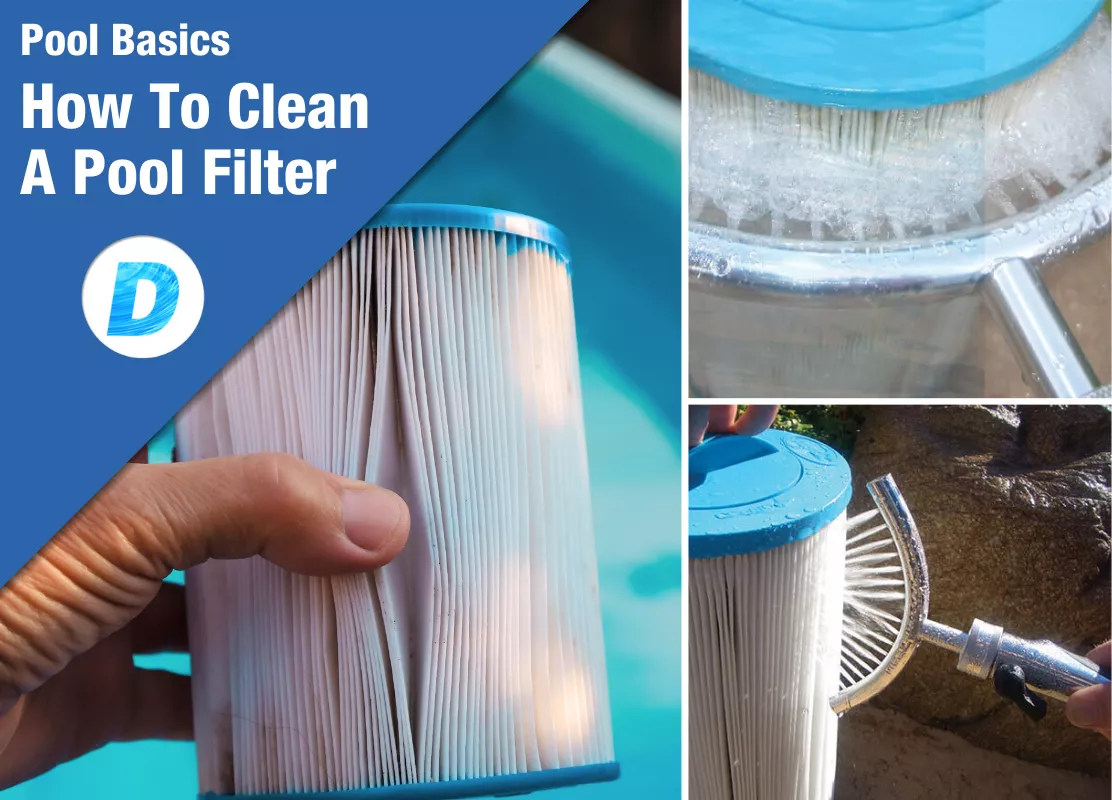test123
Posted:
June 19, 2025
Pool Heater & Heat Pump BTU Calculator
How To Paint Your Swimming Pool
If your inground pool surface is starting to have stains, cracks, blisters, or fading, a fresh coat of pool paint could be just what you need. New paint on your walls and floor can completely refresh and renew the look of your pool, as well as extend its life. DIY pool painting is a cost-effective and straightforward process that can save you lots of money, especially when compared to the price of plastering or resurfacing a pool. Our handy step-by-step guide to painting a pool explains the process from start to finish, so that you can get the job done right.Choose the Right Type of Pool Paint
Compare Pool Paint Options
| Feature | Epoxy | Rubber-Based | Acrylic |
|---|---|---|---|
| Vehicle Type | Epoxy Polyamide (2-part) | Synthetic Rubber (1-part) | Acrylic Latex (1-part) |
| Finish | Satin | Gloss | Matte |
| Durability | Up to 8 years | Up to 4 years | Up to 2 years |
| Best For | Concrete, plaster, fiberglass, or previously epoxy-coated pools | Previously painted rubber surfaces (not fiberglass) | Most surfaces; can be applied to damp pools; fast turnaround |
| Application Temp | 50°F–90°F | 50°F–90°F | 50°F–90°F |
| Recoat Window | 16–72 hrs (sand after 72 hrs) | Overnight to 24 hrs (sand after 72 hrs) | 4 hrs |
| Dry Time (Outdoor) | 5–7 days | 5–7 days | 3 days |
| Ease of Use | Intermediate–Advanced | Moderate | Beginner-Friendly |
| Cleanup | Xylene Solvent | Solvent | Soap & Water |
| Shelf Life | — | 3 years | 3 years |
+ View Technical Specifications
Compare Pool Paint Options
| Paint Type | Finish | Durability | Best For |
|---|---|---|---|
| Epoxy | Satin | Up to 8 years | Concrete, gunite, plaster, and fiberglass pools |
| Rubber-Based | Gloss | Up to 4 years | Previously painted chlorinated and synthetic rubber surfaces |
| Acrylic | Matte | Up to 2 years | Previously painted chlorinated and synthetic rubber surfaces, existing acrylic finishes |
Comment(s)













